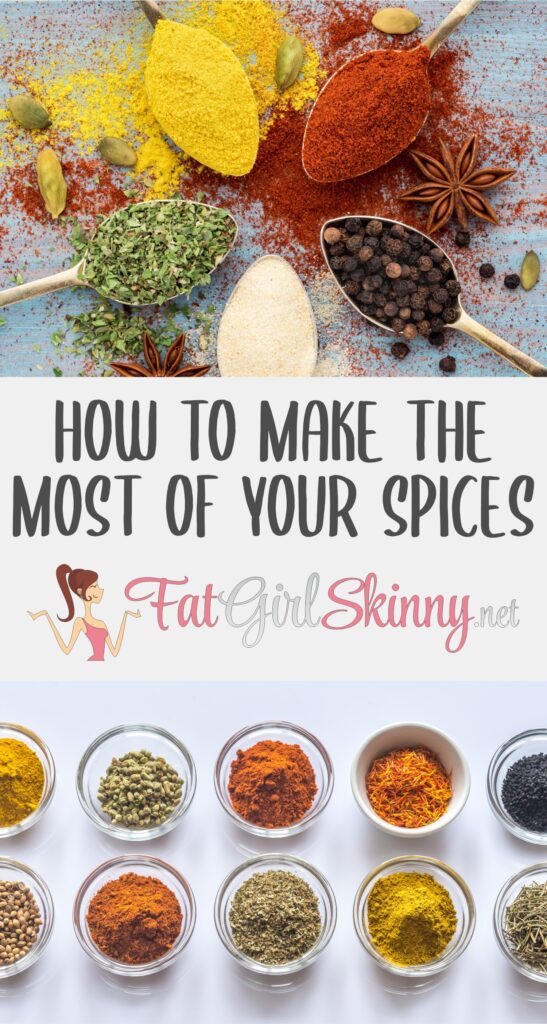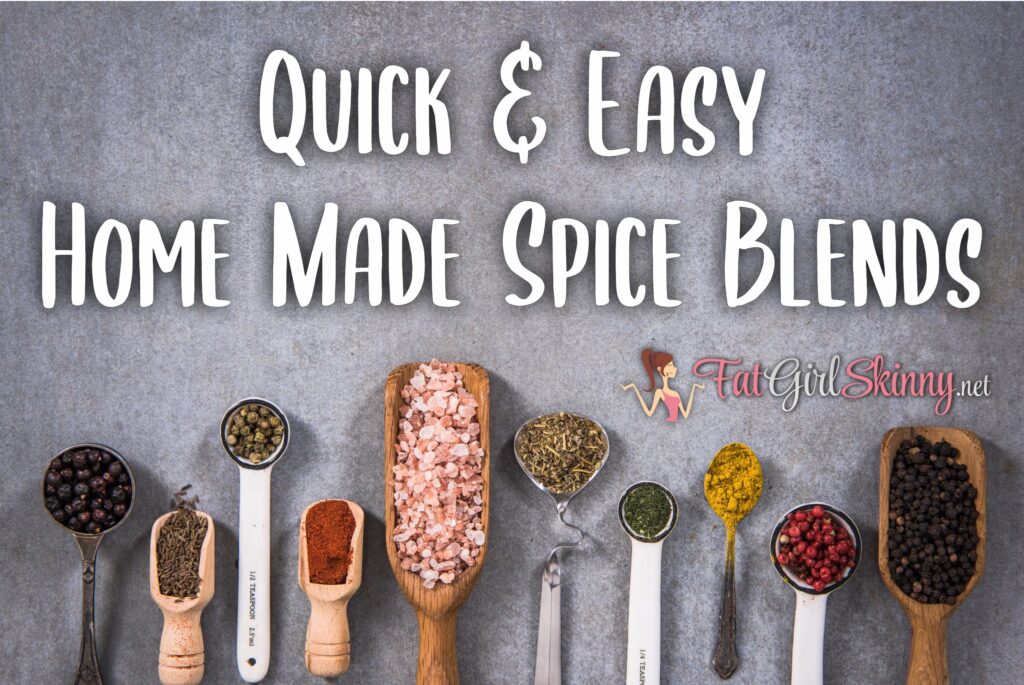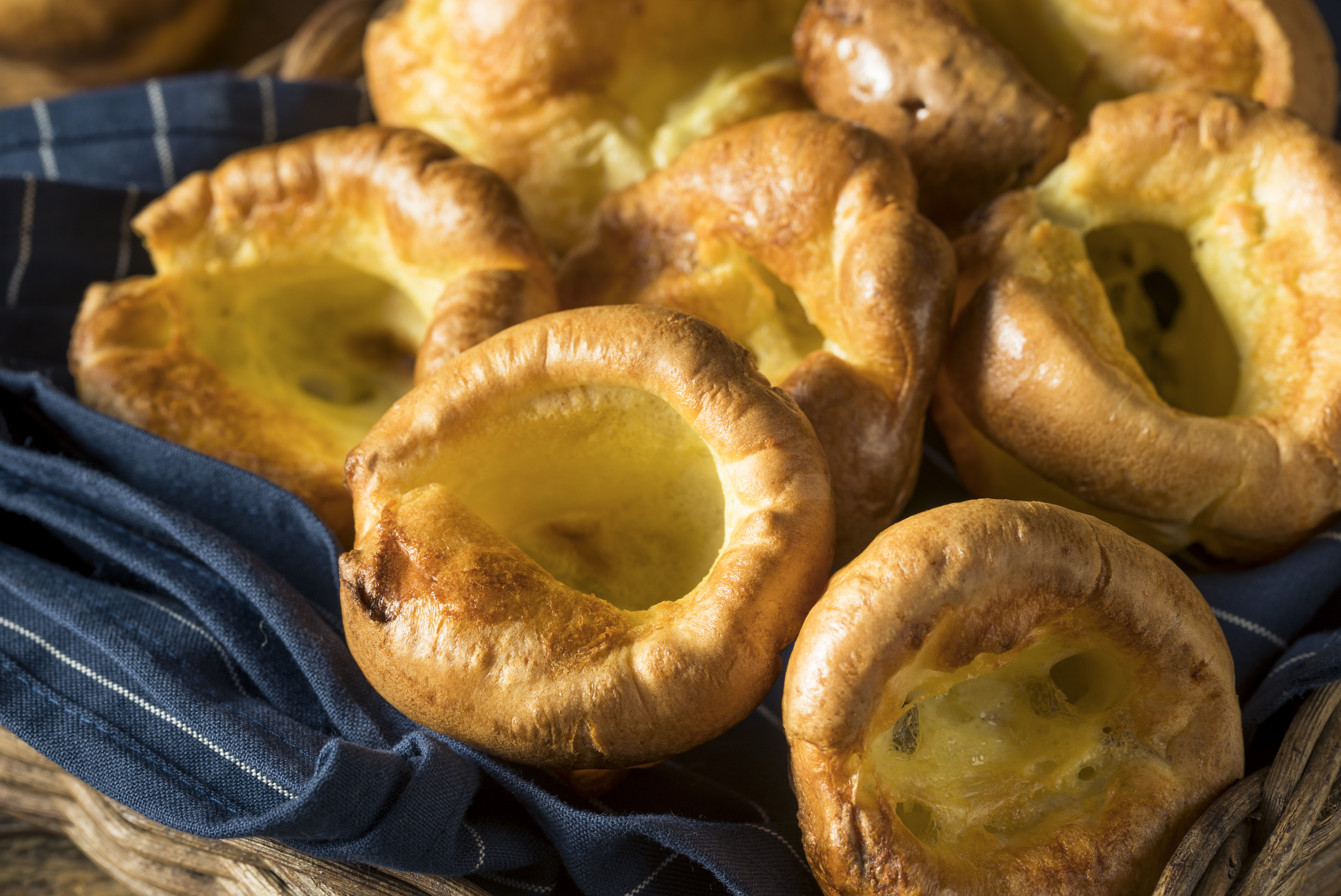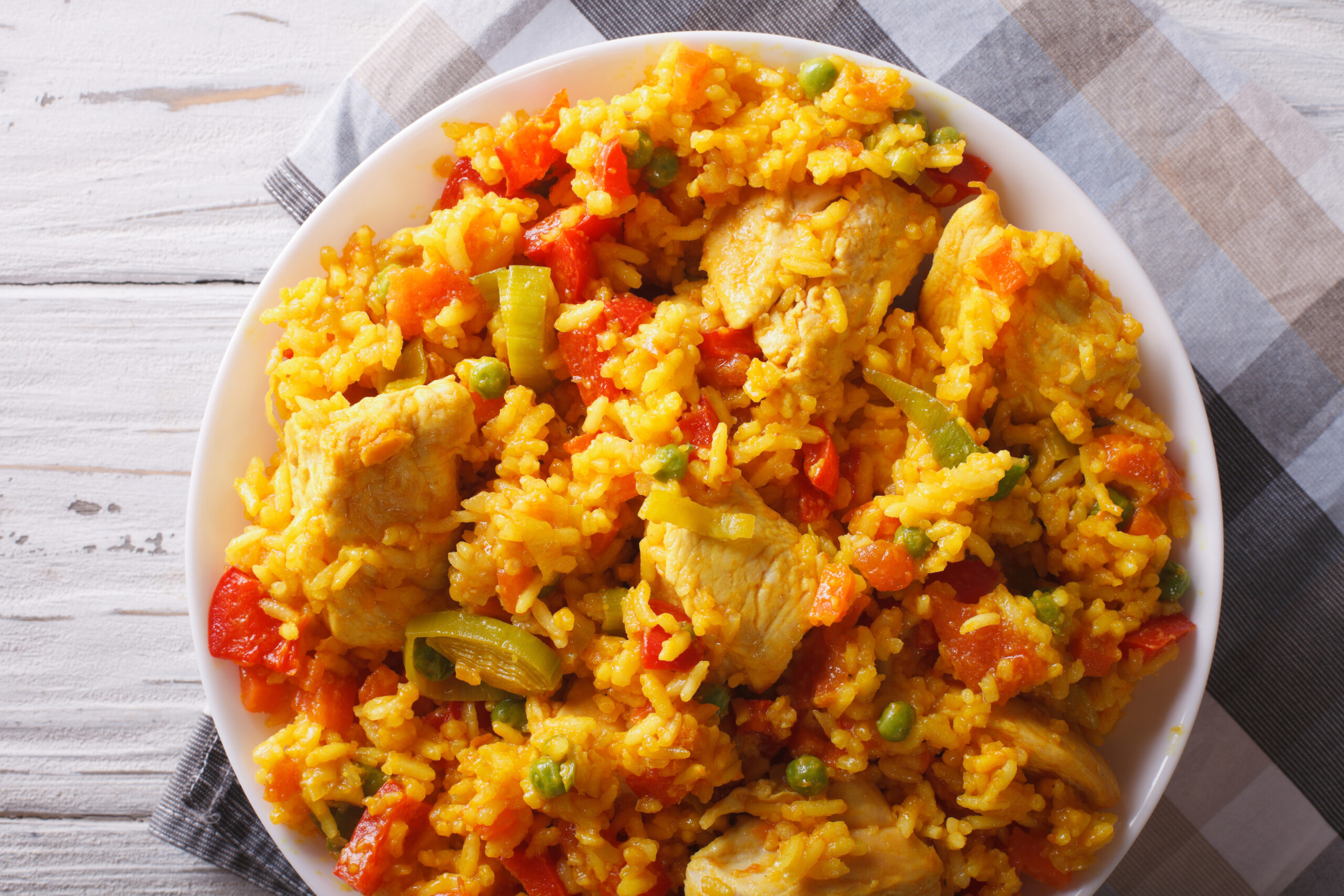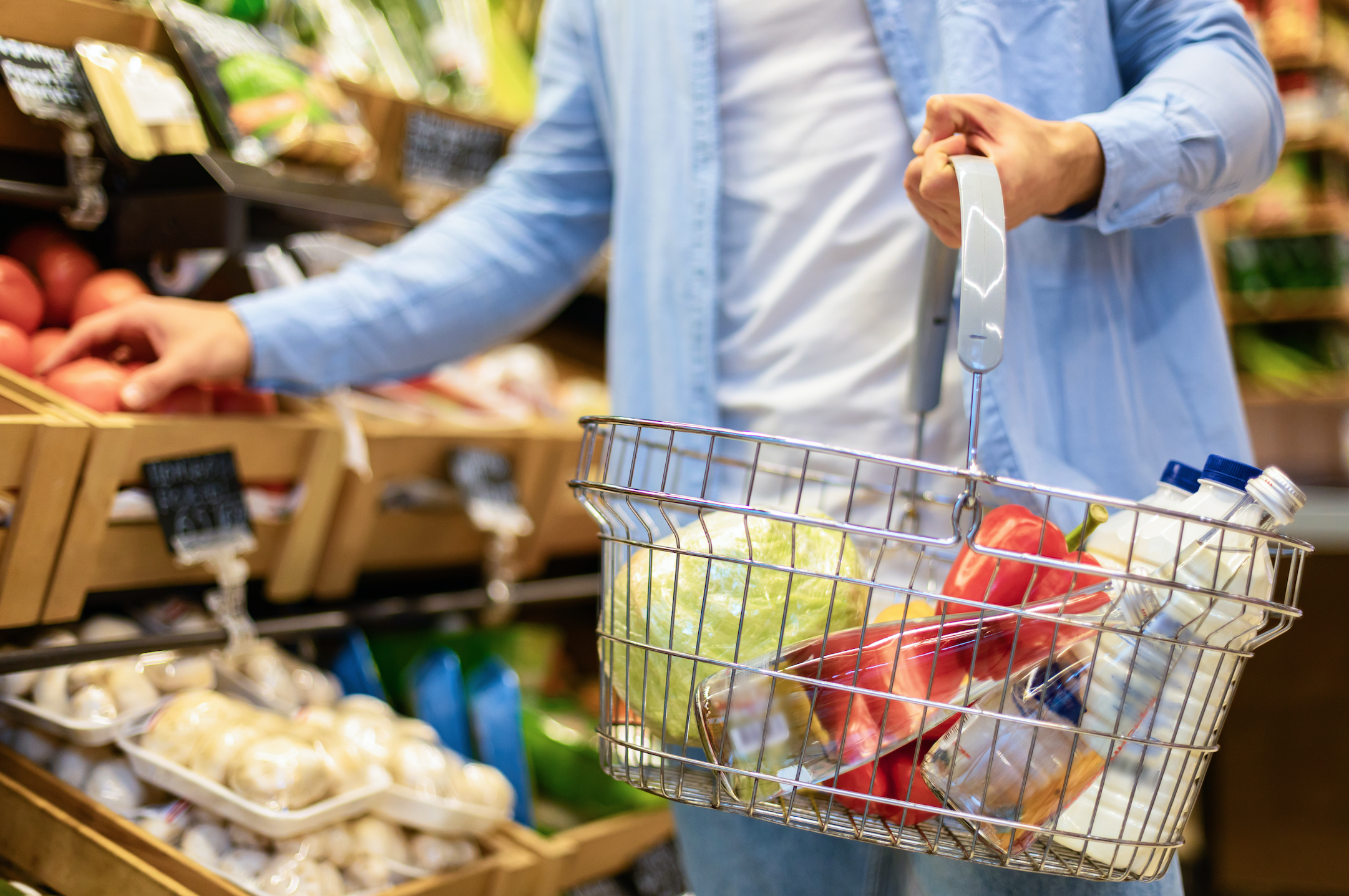Make The Most Of Your Spices
Tips on Buying, Storing, and Making your own blends

Do you find yourself cooking more than usual since joining Slimming World? You may be experimenting with new recipes, some of which call for using new spices that you have never even heard of. Charting into new spice territory can be intimidating and expensive. Should you invest in bulk spices or will a tiny jar suffice? This article will help you on your way to becoming a spice expert and become comfortable with experimenting with different tastes and flavours.
What Exactly Is A Spice?
In the culinary world, the word spice refers to any dried part of a plant (not the leaves) which is used for seasoning and flavouring a recipe, but never used as the main ingredient. The leafy part of the plant is referred to as a “herb” and can often be confused with spices.
An example is Coriander versus Cilantro. Both ingredients come from the same plant, but Cilantro is the leaf and stem part of the plant whereas Coriander is the dried seed part of the plant.
Most parts of the plant (dried bark, roots, berries, seeds, twigs, or anything else that isn’t the leafy part) is considered a spice. Today India is the world’s largest producer, consumer and exporter of spices. The country produces about 75 of the 109 varieties listed by the International Organisation for Standardisation (ISO) and accounts for half of the global trading in spices
//pagead2.googlesyndication.com/pagead/js/adsbygoogle.js
(adsbygoogle = window.adsbygoogle || []).push({});
Look For Quality When Shopping For Spices
Check the colour of the spices. If they look pale and dull avoid buying them.
If spices are in a transparent pack, check for any lumps or white substances in the pack by scrutinising it well. Shake the packs to check for any white moldy patches. If you come across any absolutely do not buy them and make the shop owner aware.
If possible buy spices from a local spice store. They generally keep good quality spices although they will be higher in price than your local supermarket.
Lastly, fresh spices regardless of their packaging, will have a fresh strong aroma. Always take a sniff of them before purchasing to tell if they are good quality.
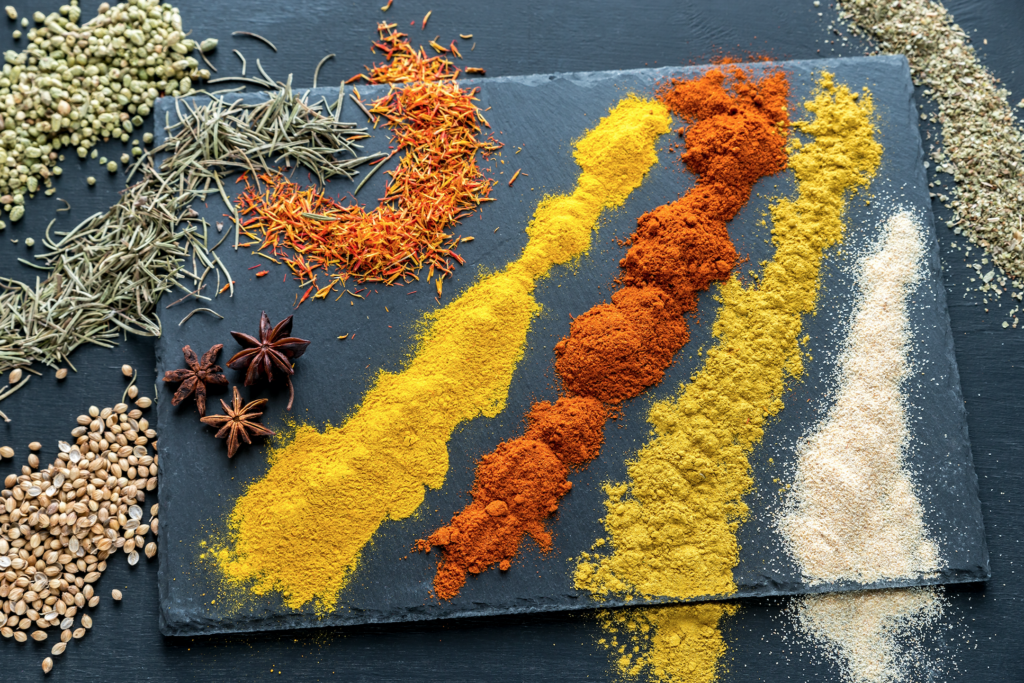
Always Keep An Eye On The Date
The good news is that spices don’t spoil in such a way that will make you unwell, but they will lose a lot of intensity and complexity of flavour. Different spice sellers offer different timelines for shelf life.
If you do not use a large quantity of a particular spice I would recommend purchasing smaller jars of product. For example I use a lot of Paprika so I buy this in bulk but something like Cardamon or Cumin I purchase in the smaller jars. I recently had a huge spice drawer clear out and I was shocked at how many had gone past their sell by date.
Out of date spices can have other uses…
- Make the house smell great: Add out of date Cinnamon, Cardamon, Ginger or Cloves to a pan of boiling water and allow to simmer. Your house will smell like Christmas for days.
- Keep animals away: Spicy peppers like cayenne or chili are great for keeping critters away from plants, just sprinkle the spice on the bulb itself or the topsoil around it. Black pepper can also be used to fight ants, which are repelled by the smell. As a cat owner myself I of course would never recommend this but Rosemary and Cayenne Pepper will deter those balls of fluff too!
- Nontoxic Fungicide: Add 2 tsp out of date Cinnamon to a litre of water in a spray bottle. Spray on houseplants and outdoor plants to keep away fungus and other nasties.
- Make Spice Socks: Add Rosemary, Thyme or Sage to an old sock secured with an elastic band. Hang up in musty cupboards or the garage to make it smell great. Finally a use for all of those odd socks.
//pagead2.googlesyndication.com/pagead/js/adsbygoogle.js
(adsbygoogle = window.adsbygoogle || []).push({});
Never Shake A Spice Jar Over A Steaming Pan
It’s tempting and a bad habit but it’s a habit that will be harming your spices. Firstly you risk over spicing your dish and secondly it allows moisture into the jar which can cause the spices to go hard and possibly mouldy. Always use a teaspoon when measuring out your spices.
Store Your Spices Correctly
To keep the flavour going as long as possible, store dried spices in a cool, dry place out of direct light. Do not store them over the hob or next to an oven, as the heat will make them turn bland more quickly. Keep the containers closed when not in use.
Also consider storing your spices in wide mouthed jars so that you can easily get a teaspoon or tablespoon in. If you are washing jars before storage ensure they are 100% dry before adding the spices.

Experiment With Spices
Before going all out and trying a whole new dish with a spice you have never tasted. Try experimenting with dishes that are familiar to you already. For example next time you make your favourite pasta dish try adding a little bit of something different like cardamom or coriander.
Also try not to associate spices with a particular cuisine. For example Cumin and Cayenne Pepper tend to be pigeonholed into Indian dishes but are also well used in Mexican chilis and Fajitas. Don’t be afraid to add a little Cayenne Pepper in your next Spaghetti Bolognese to give it a cheeky kick.
Make Your Own Spice Blends
If you have a favourite supermarket purchased spice blend or packet, look at the ingredients on the packet and then google it. I guarantee you will save money!
I always make my own spice blends and store them in little plastic jars ready for use.
Related Article: Quick & Easy Home Made Spice Blends
Above all enjoy using your spices, they are the key ingredient to most dishes and should be experimented with.
